greenpro africa is an agent for plant-responsive irrigation system in africa
This Plant-responsive Irrigation system has developed a new method of water delivery that will completely reset the standard of irrigation systems. This is the world's first plant-responsive irrigation system. Using technology based upon organic chemistry, is a smart subsurface irrigation tube that interacts and responds to chemical signals released by plants' roots. The plant-responsive irrigation system allows the plant to self-regulate its water delivery, resulting in unmatched plant performance, water savings, and money savings versus all existing forms of forced irrigation.
For over a decade, the plant-responsive irrigation has been quietly testing. refining, improving, and protecting its technology and product. This report provides an overview of plant-responsive irrigation history, extensive testing, and critical achievements- all leading to the launch of plant-responsive irrigation for the agriculture, greenhouse, nursery, retail and landscape industries.
The plant-responsive irrigation system can use a range of water types- including wells, rivers, brackish water, tap water, and reclaimed/recycled water. It can also supply fertilizer and micronutrients directly to the plant roots. Plant-responsive irrigation will lead to an unprecedented conversion of previously non-arable land for crop production to increase global food supply while drastically reducing the use of earth's most valuable resource: water.
introducing plant-responsive technology
a new era of converting non-arable land into food crops is here
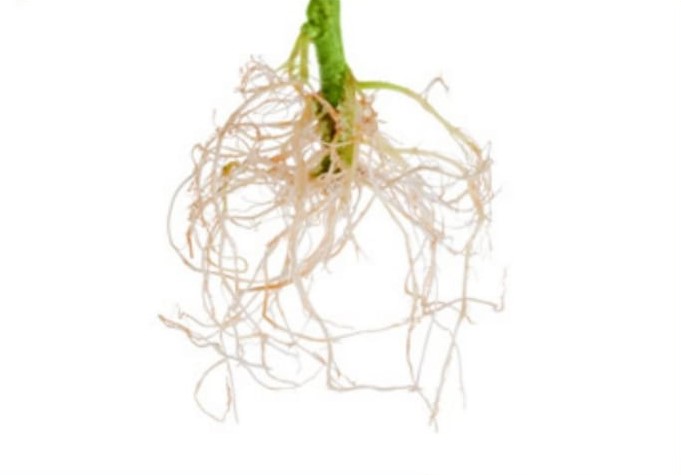
When crops and plants need water and nutrients, they emit root exudates that allow them to uptake what they need from the surrounding soil.
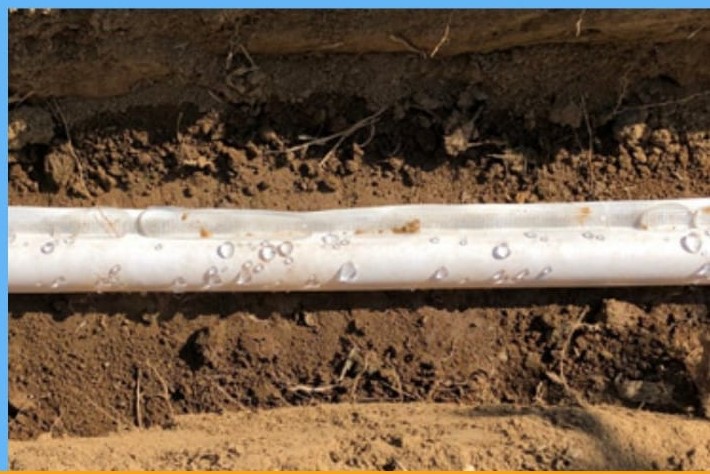
The patented plant-responsive system responds and interact with roots exudates, allowing water and nutrients to be released out of the billions of "smart micropores" in the plant-responsive tubing. When the plant is satisfied, it stops producing root exudates- and the tube stops releasing water.

Plant variety, stages of growth and development, and weather conditions like temperature, sunshine, rain, wind, humidity- all contributes to how much water and nutrients each plant root demands. Like an underground reservoir, the tube allows each and every plant to draw what it needs- dynamically, 24/7.
early research and development.
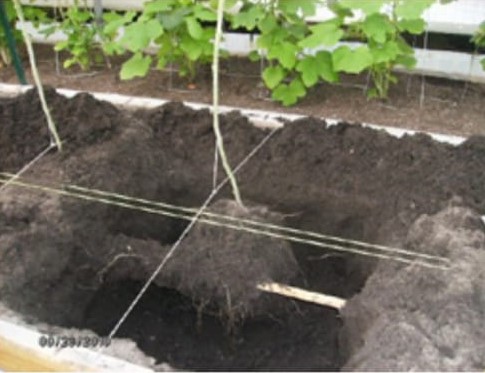
2008 began full scale R&D
Hundreds of internal trials were performed to analyze the technology and its interaction with root exudates. Numerous plant species were tested in variable environmental conditions.
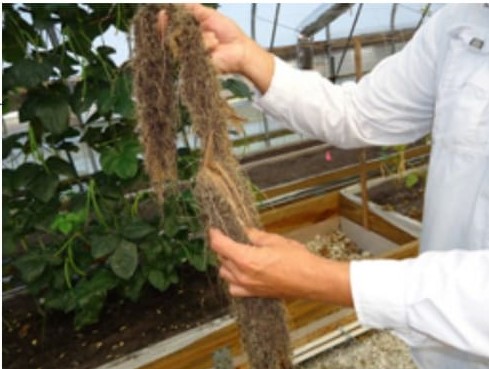
Root intrusion is eliminated with Plant-responsive Technology
The millions of micropores along the responsive tube release water on demand for the plants, eliminating root intrusion. No more emitters to clog. The roots grow near the responsive tube, promoting a symbiotic relationship with the plant roots, eliminating excess water loss and run-off.
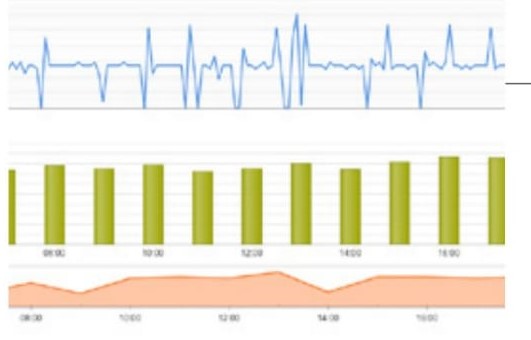
Pants regulate water usage
Water usage data shows constantly varied and dynamic usage- minute by minute, plant by plant. Delivery is regulated by the plants- no electronic controller is used or required.
early research and development
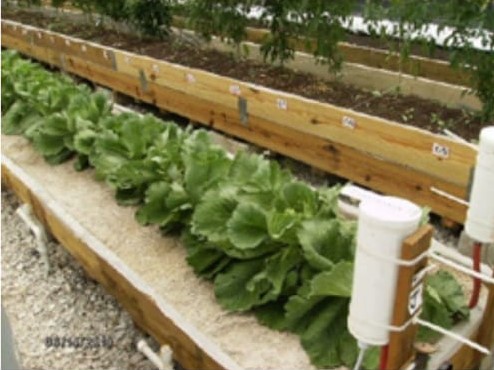
Cabbage grown in crushed shell.
Soil conditions were very poor, with no existing nutrients. Test showed that that the plant-responsive tube could effectively deliver both water and nutrients directly to the plant roots despite poor soil conditions.
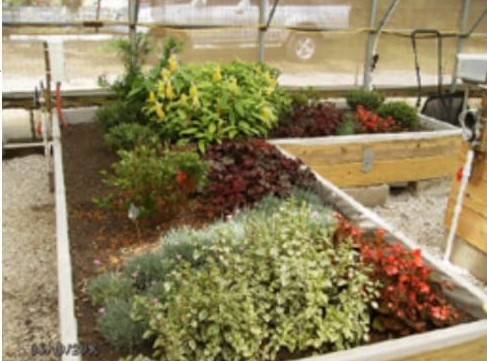
Mixed plant variety and demand.
Trial tested plant-responsive tube's responsiveness and ability to meet water/nutrient demand for a diverse group of ornamental plants with variable water needs ranging from xeriscape to water-thirsty plant species irrigated by a single tube/line.
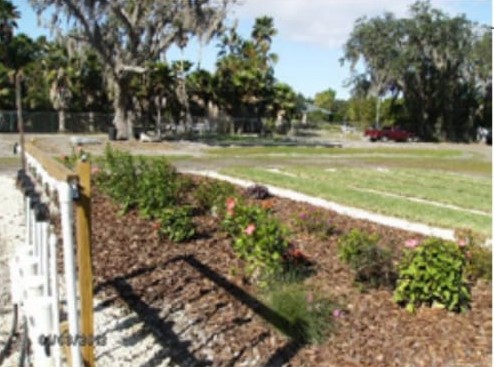
Varied testing environments.
Trials were conducted in greenhouses, nurseries, and outdoor field trials. Test protocols required daily data collection of water usage, measurement of nutrients and additives, observations of plant growth, development and yield. These measurements were compiled and analyzed to optimize performance and establish best practices. Hundreds of plant varieties have been tested. All species thrived with plant-responsive tubes while consistently using significantly less water and fertilize while promoting plant health and higher yields.
testing in commercial agriculture
saves 30-50% vs conventional drip irrigation and redefines the standard for water efficiency
Plant-responsive technology conducted a trial with a commercial lettuce grower in Monterey Country, CA to produce organic romaine hearts.
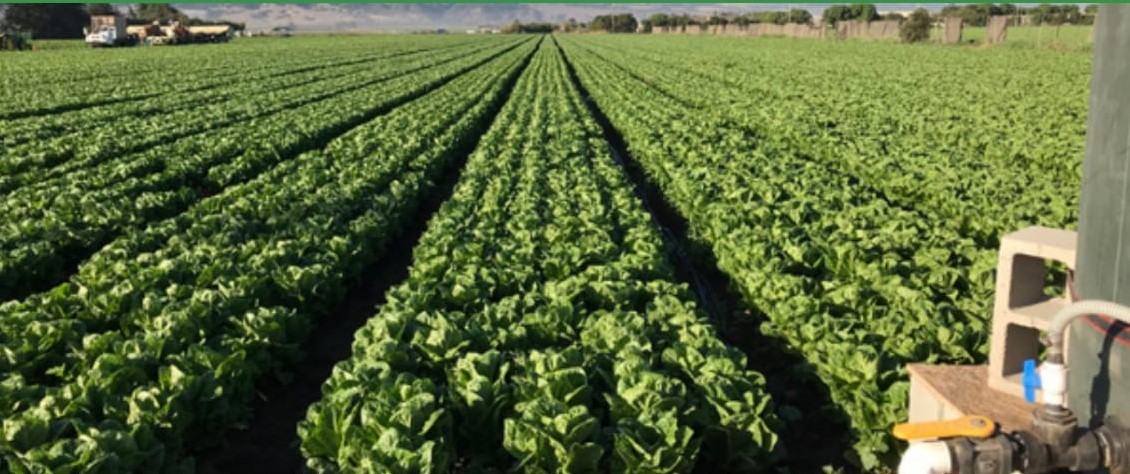
grower established transplants with sprinkler applications and then switched to drip irrigation. The plant-responsive technology was able to show 29% water savings, and does not require sprinkler applications to establish plants. Grower also applied two equal applications of organic fertilizer as standard practice in control group 2 (CG2). Plant-responsive and another control group (CG1) received only the first application which was done pre-plant.
With less water and half the fertilizer, plant-responsive technology plants grew larger and produce a higher quality yield than both control groups.
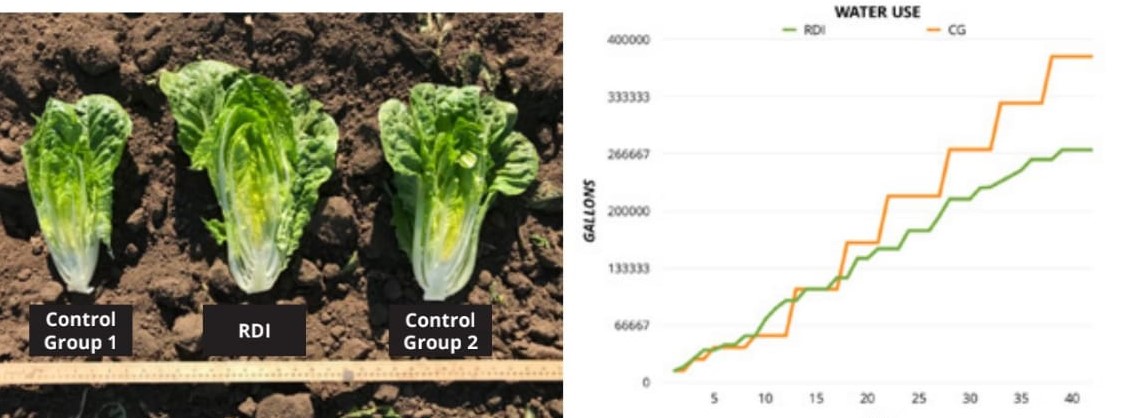
increase crop yield by reducing stress and allowing each and every plant to self-regulate its water delivery
testing in commercial lawn and landscape
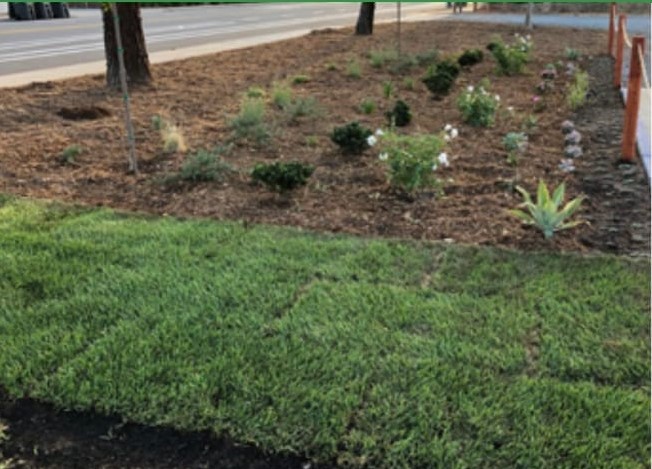
2018 / San Diego Country, CA
Plant-responsive tubes demonstration installed August 2018 with a commercial landscape contractor in San Diego, CA.
Plant-responsive technology can supply a mix of turf, xeriscape, and high water use plants- all in a dingle zone. Contol group of leading subsurface drip was compare for plant performance and water usage.
The plant-responsive tube irrigated plants were healthier, more vibrant, and showed a 54% long term water savings over SDI.

Landscape design with Water Use Classification of Landscape Species.
The sod section was split in half, and the planting section is mirrored.
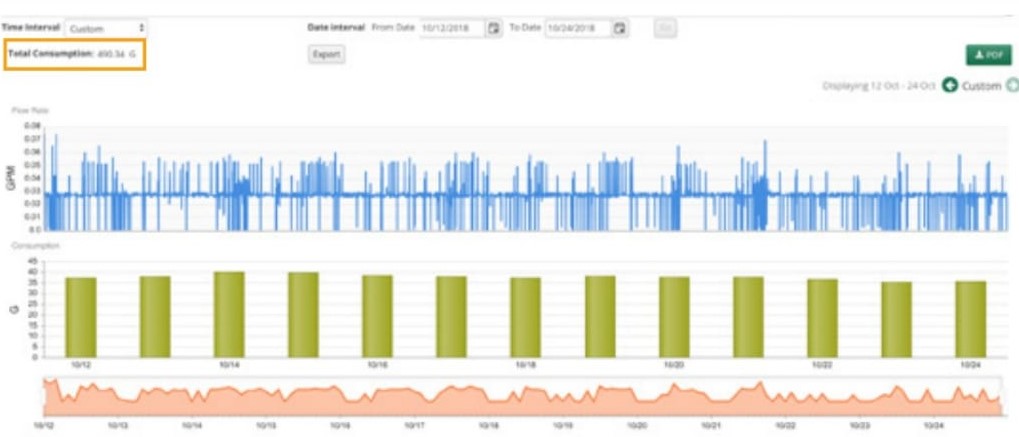
Control Group used 81.5gal/day. Plant-responsive group usage fluctuated daily, but averaged 37.7gal/day over the same period. This represents Plant-responsive technology's long term water savings of 54% versus the leading control group drip system.
reduces outdoor water use in landscapes and eliminates fertilizer runoff to create more sustainable cities and restore the environment
regenerative agriculture and sustainability
PLANT-RESPONSIVE TECHNOLOGY AND THE FOOD/WATER/ENERGY NEXUS
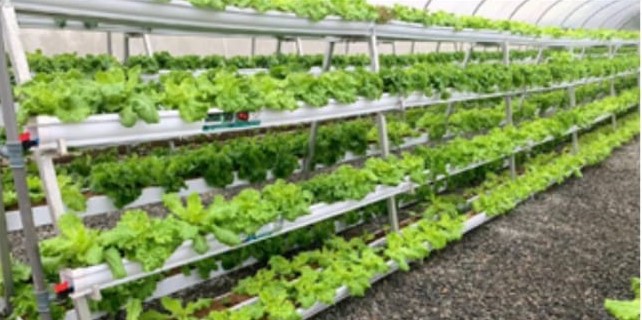
To address global challenges of an increasing population, diminishing resources, and a changing climate- Plant-responsive technology is dramatically impacting the food/water/energy nexus and demonstrating incredible increases in both water and energy productivity.
These nexus values answer the vital questions: "How many kilograms of crop are being produced for every cubic meter of water used?" ... and the same for every KWh of energy required. A higher number means a greater efficiency and impact.
1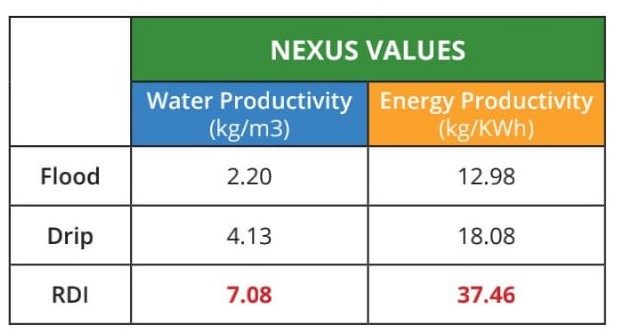
SOIL REGENERATION AND SALINE/BRACKISH WATER
Plant-responsive technology's unique delivery method is showing an ability to amplify the benefit of new soil regeneration amendments. Together, our technologies are restoring the vital soil needed for increased food demand.
Global water supplies are both diminishing and in many regions becoming more saline. Plant-responsive technology's microporous tubing is able to function with a broad range of saline and brackish water qualities, greatly expanding its useful application to all regions of the world.
1